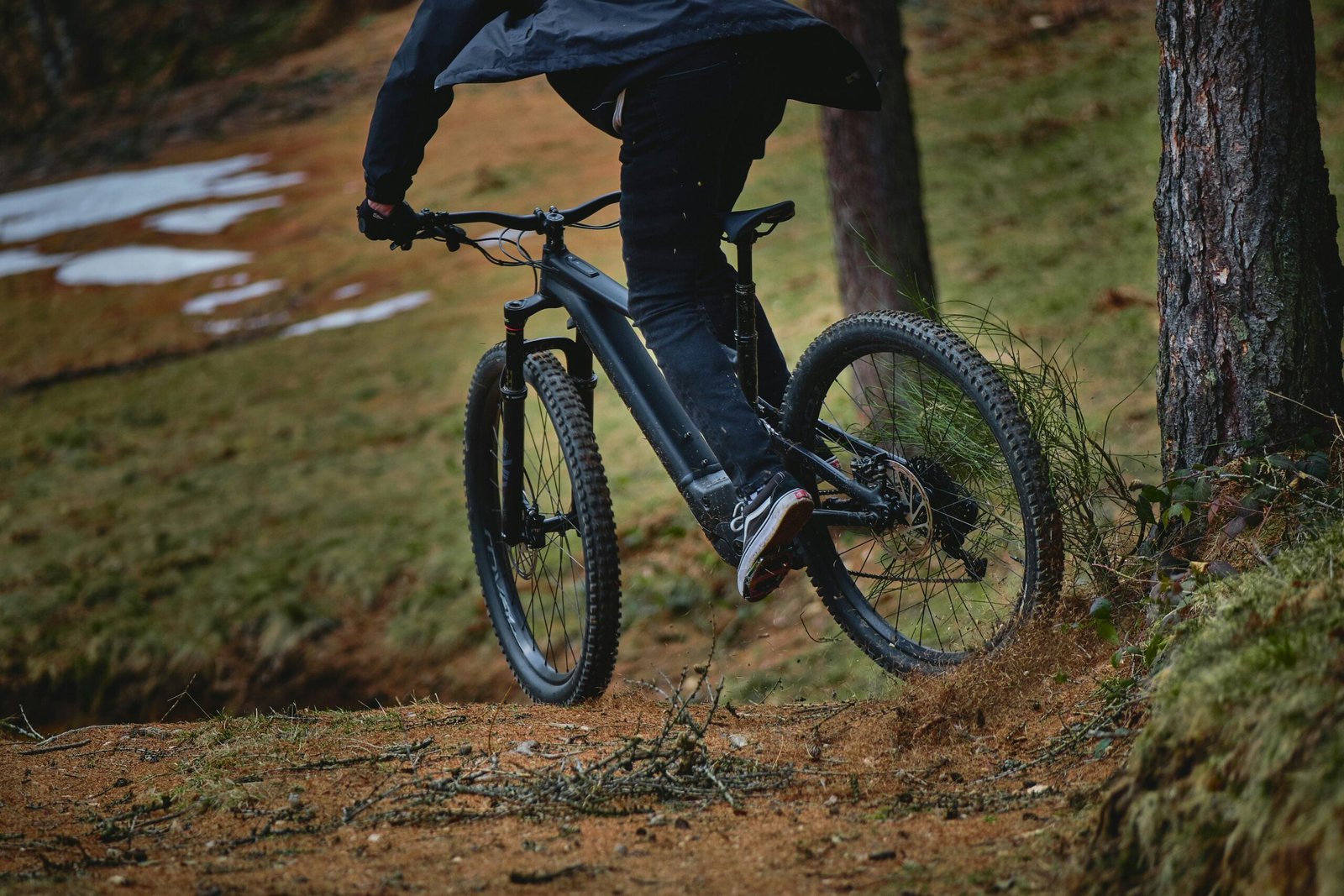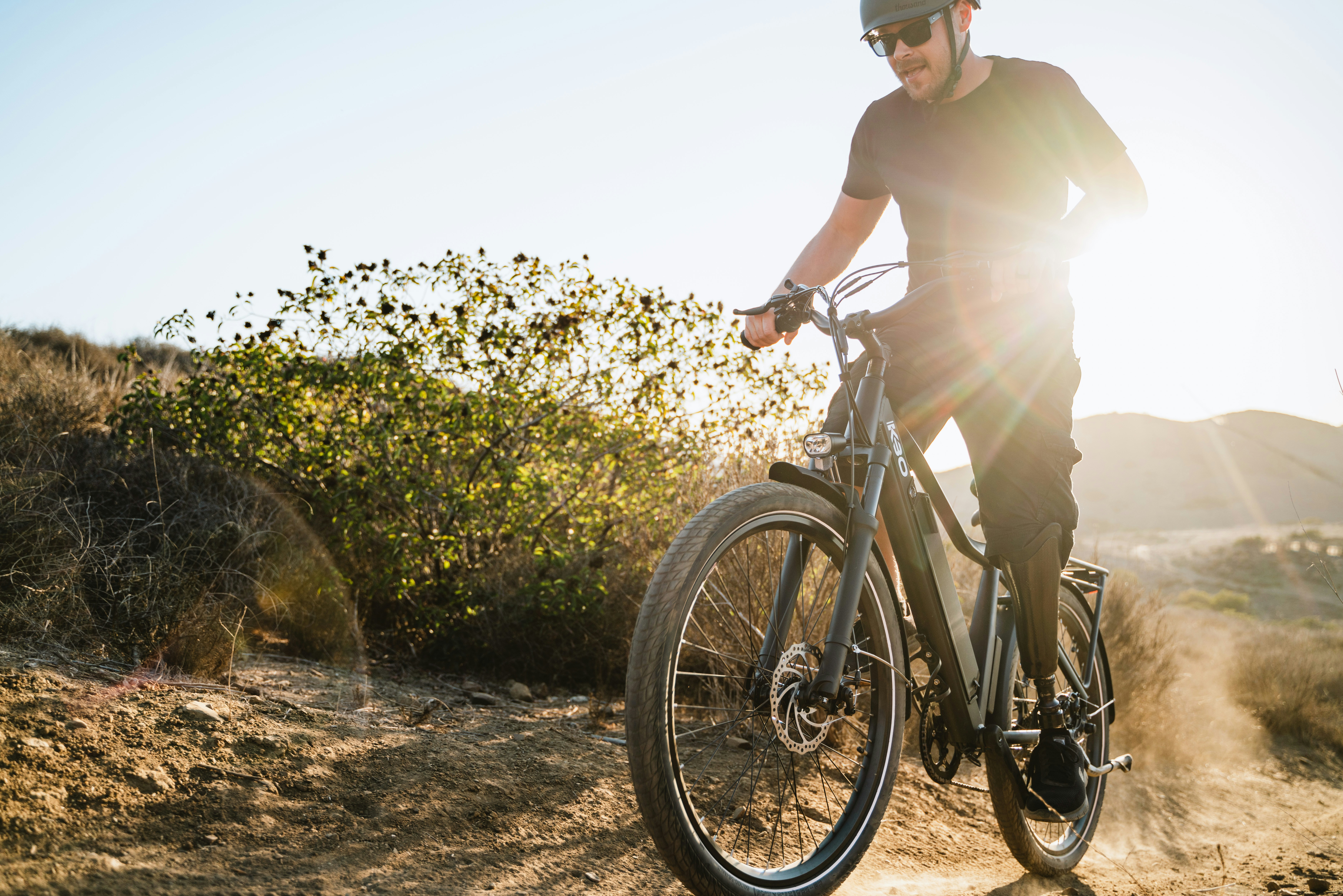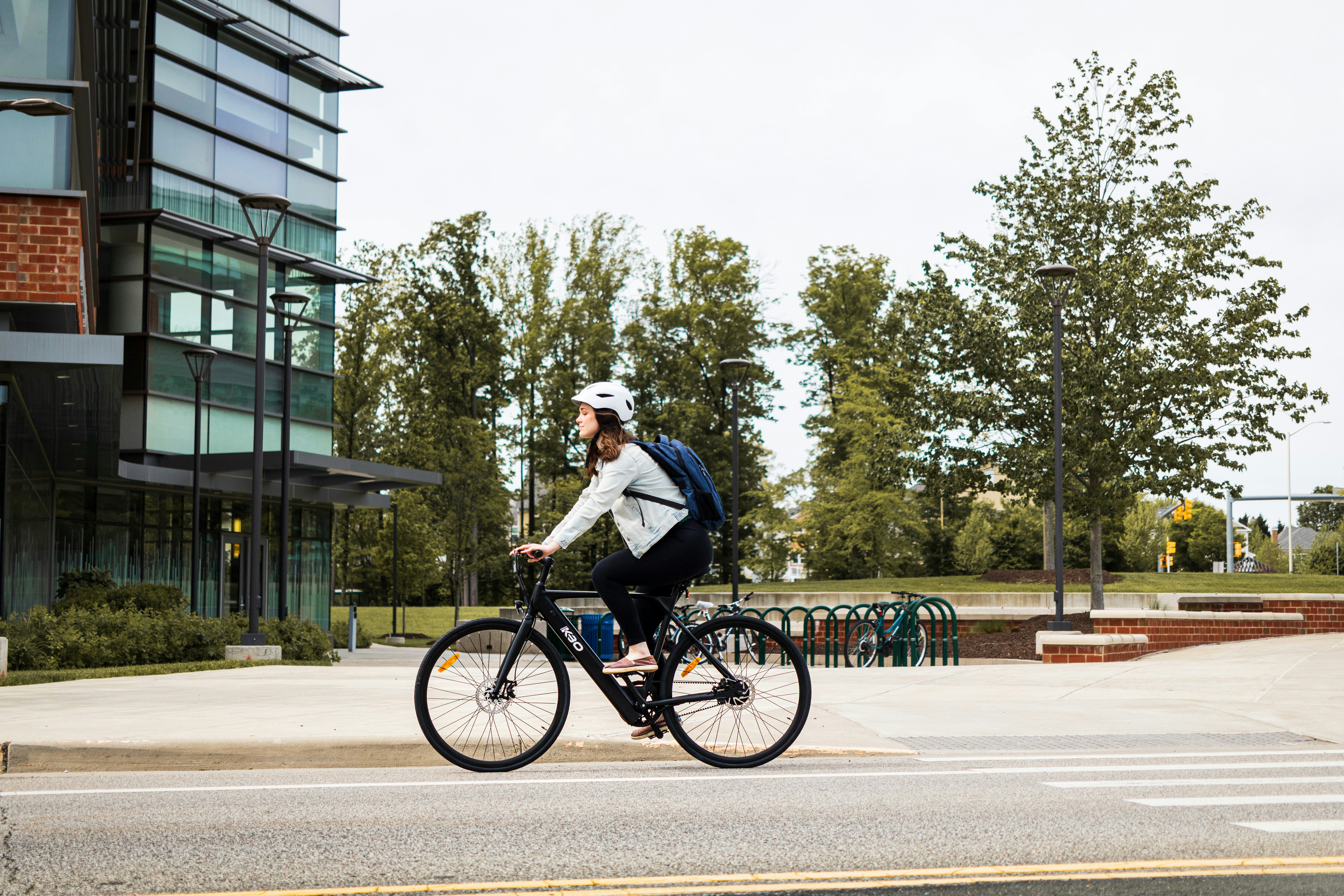Sure, you can absolutely use an electric bike for commuting in hilly areas, and it’s actually a fantastic idea! Electric bikes, or e-bikes, are designed to provide you with that extra boost of power when you need it most, making those steep climbs much more manageable. Equipped with pedal-assist and throttle features, an e-bike can help you conquer hills without breaking a sweat, ensuring a smoother and more enjoyable ride to work. This article delves into the benefits and considerations of using an electric bike in hilly terrains to make your commuting experience not only feasible but also fun and eco-friendly. Have you ever asked yourself, “Can I use an electric bike for commuting in hilly areas?” If you have, you’re not alone. Many people are curious about whether these modern bikes can handle the steep inclines and declines of hilly terrain. Whether you’re contemplating an eco-friendly commute or just want to simplify your daily travel, understanding the capabilities of electric bikes in hilly areas can be incredibly beneficial.
What is an Electric Bike?
Electric bikes, or e-bikes, are bicycles equipped with an integrated electric motor that assists in propulsion. Unlike a traditional bike, you don’t have to rely solely on your pedaling power to move. E-bikes give you the boost you need, especially when tackling tough terrain like hills.
Types of Electric Bikes
Pedal-Assist (Pedelec)
A pedal-assist bike helps you when you pedal, sensing your effort and adding just the right amount of power. This type is ideal for hilly areas because the assistance kicks in when you need it the most.
Throttle-Controlled
Throttle-controlled e-bikes allow you to engage the motor by twisting a throttle, similar to a motorcycle. This can be useful for short bursts of power, but continuous use can drain the battery quickly.
Dual-Mode
Dual-mode e-bikes offer both pedal-assist and throttle options, giving you the flexibility to choose how you want to ride. When you hit a steep hill, you can opt for the throttle mode to give yourself a breather.
How They Work
Understanding how e-bikes function can help you realize their benefits, especially when dealing with hilly terrains. The motor, usually situated either in the hub of the wheel or in the middle of the bike (mid-drive motor), offers various levels of assistance. Batteries, often rechargeable lithium-ion, provide the power, and the more advanced systems allow for settings that let you adjust the assistance based on the gradient.
Advantages of Using an Electric Bike in Hilly Areas
Ease of Climbing Hills
With a built-in motor, the effort required to climb hills is significantly reduced. Even steep inclines become manageable, making commuting less strenuous.
Health Benefits
While you do have motor assistance, you’re still pedaling, which means you’re getting a workout without over-exerting yourself. This is excellent for cardiovascular health and overall fitness.
Environmental Impact
E-bikes emit zero emissions, making them a greener option compared to cars or motorbikes. This is particularly beneficial in areas with delicate ecosystems often found in hilly regions.
Cost-Effectiveness
Though the initial investment may be higher, the cost per mile traveled is substantially lower than that of a car. Plus, you save on fuel and parking fees.
Key Features to Look For in an Electric Bike for Hilly Areas
If you’re considering buying an e-bike for hilly commutes, here are some key features you should focus on.
Motor Power
A more powerful motor will make it easier to tackle hills. Motors range from 250 watts to 750 watts or more. For hilly areas, something in the range of 500-750 watts is generally ideal.
Battery Life
Consider the battery capacity measured in watt-hours (Wh). More watt-hours mean more miles per charge. For hilly areas, a battery of at least 500 Wh is recommended.
Weight
Lighter bikes are generally easier to maneuver, but make sure the frame is sturdy enough to handle rough terrain. Look for an e-bike that balances weight and durability.
Suspension
A good suspension system can absorb shocks and bumps, providing a smoother ride on uneven surfaces often found in hilly areas.
Tips for Using an Electric Bike in Hilly Areas
Using an electric bike in hilly areas can be a rewarding experience, but there are some tips to keep in mind for the best results.
Start Slow
If you’re new to e-bikes, start on gentler slopes before tackling steeper hills. This will help you get used to the different settings and how the bike handles.
Use the Right Gear
Most e-bikes come with gear systems that can make climbing hills easier. Use lower gears for steep climbs to reduce strain on the motor and yourself.
Monitor Battery Levels
Hilly terrain can drain batteries more quickly. Always keep an eye on your battery level and plan your route to include places where you can recharge if needed.
Comparative Performance: Electric Bikes vs. Traditional Bikes in Hilly Areas
To better understand why e-bikes are advantageous in hilly areas, let’s compare them to traditional bikes:
| Feature | Electric Bikes | Traditional Bikes |
|---|---|---|
| Ease of Climbing | Motor assistance makes climbing easier | Relies entirely on physical effort |
| Speed and Efficiency | Generally faster, especially uphill | Slower, particularly on inclines |
| Physical Strain | Reduced strain due to motor assistance | Higher physical effort, more tiring |
| Travel Distance | Longer distances are more manageable | Limited by physical endurance |
| Initial Cost | Higher initial investment | Lower initial investment |
| Maintenance Cost | Moderate to high | Usually lower |
| Environmental Impact | More eco-friendly | Also eco-friendly, but less efficient on hills |
Overcoming Challenges: Riding in Different Weather Conditions
Riding an e-bike in hilly areas can expose you to varying weather conditions. Here’s how to handle them:
Wet Conditions
When riding in the rain, it’s crucial to ensure your e-bike has good tire traction and reliable brakes. Using a bike with hydraulic disc brakes can be advantageous for better stopping power.
Windy Conditions
Wind can slow you down significantly. A more powerful motor can help you combat headwinds, making your ride more manageable.
Cold Conditions
Cold weather can affect battery performance. Make sure your battery is well-insulated or consider removing it and storing it indoors when not in use.

Enhancing Your Ride: Accessories and Gear
Adding the right accessories can make your commuting experience more comfortable and safer.
Essential Accessories
Helmets
Always wear a helmet for safety. Look for one that’s well-ventilated and fits snugly.
Lights
Good quality front and rear lights are crucial, especially if you’re riding early in the morning or late in the evening.
Locks
Invest in a sturdy lock to protect your e-bike from theft.
Optional but Useful
Panniers and Racks
These can help you carry extra gear, groceries, or even your work essentials.
Bike Computer
A bike computer can track your speed, distance, and battery life, helping you manage your ride more efficiently.
Sustainability and Long-Term Benefits
Using an e-bike for commuting in hilly areas offers long-term benefits beyond just convenience.
Reduced Carbon Footprint
By choosing an e-bike over a car, you contribute to lowering greenhouse gas emissions. This is especially impactful in hilly areas where cars typically consume more fuel.
Community Benefits
E-bikes can reduce traffic congestion and the wear and tear on roads, making them beneficial for the broader community.
Personal Well-being
More regular exercise, even with motor assistance, can lead to improved mental health and well-being.

Common Concerns and Solutions
Some people have reservations about using e-bikes in hilly areas. Let’s address a few common concerns.
Battery Range Anxiety
Many worry about the battery running out midway. Most modern e-bikes have efficient battery management systems, but carrying a spare battery can also alleviate this concern.
Maintenance
While e-bikes do require more maintenance than traditional bikes, regular care can go a long way. Familiarize yourself with basic maintenance tasks, or find a reliable local service center.
Real-Life Examples and Testimonials
Hearing from others who already use e-bikes for commuting can be encouraging. Here are a couple of real-life examples:
John’s Experience
John lives in a hilly suburb and has been using his e-bike for commuting to work for the past year. He finds that the pedal-assist mode makes his 10-mile commute feel like a breeze, even on the steep hills that used to leave him breathless with a traditional bike.
Maria’s Journey
Maria, a college student, uses her e-bike to navigate the hilly campus. She appreciates the throttle mode for those steep climbs between classes and says it has made her daily routine less exhausting and more enjoyable.
Conclusion
So, can you use an electric bike for commuting in hilly areas? Absolutely! E-bikes offer a range of benefits, from making hills easier to climb to contributing to a greener planet. With the right motor power, battery life, and additional features, an e-bike can be an excellent choice for your hilly commute. It not only makes your ride easier but also enhances your overall well-being and environmental responsibility.
Incorporating an electric bike into your daily routine can revolutionize your commute, offering you a convenient, sustainable, and enjoyable mode of transportation. So why not give it a try and see the difference it can make in your life? Happy riding!



